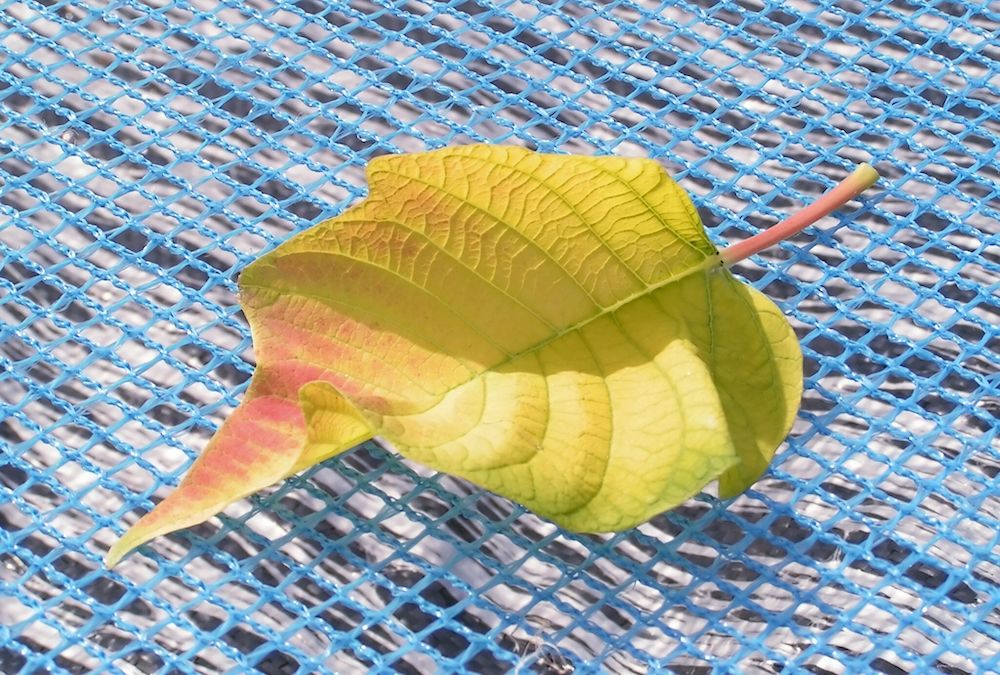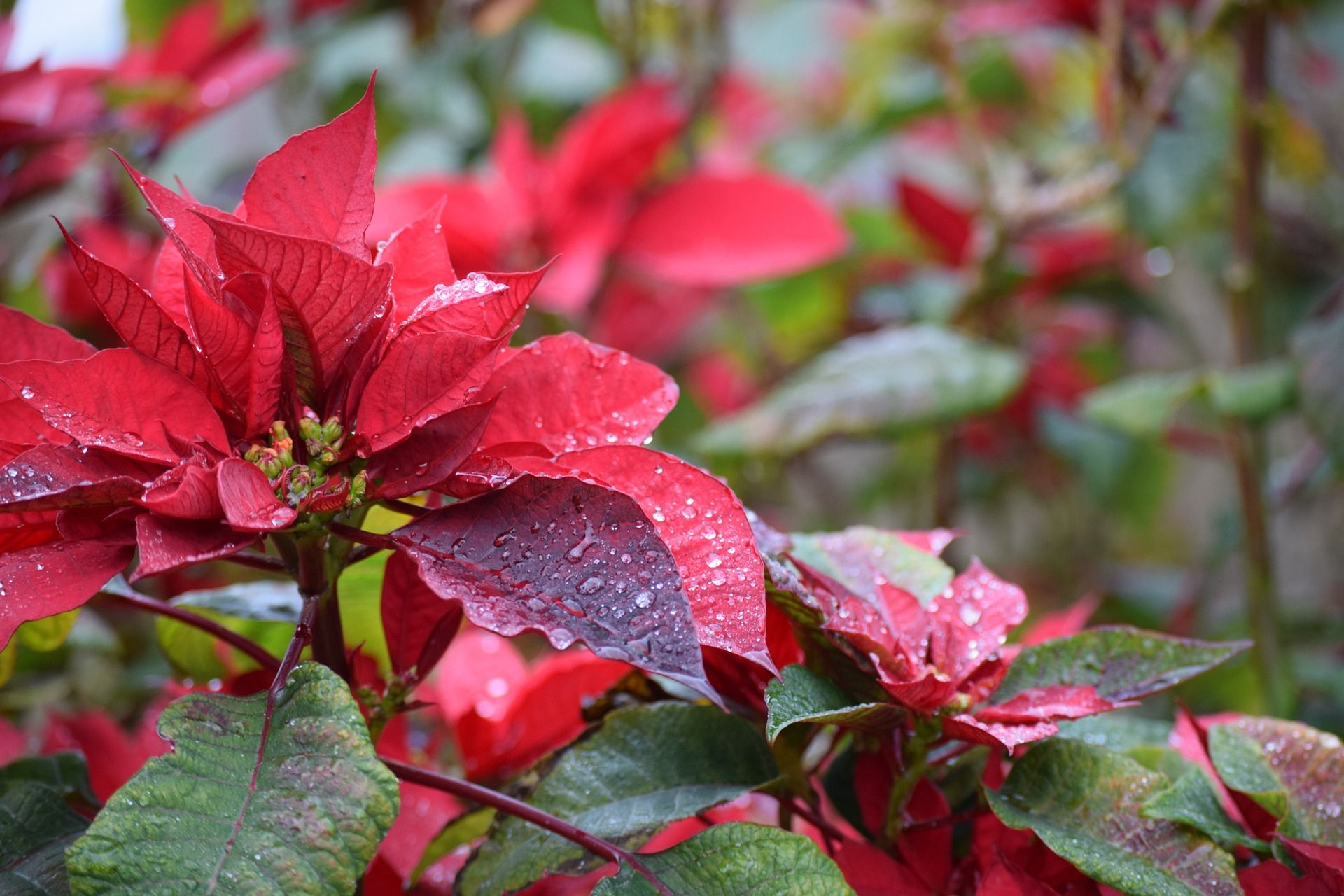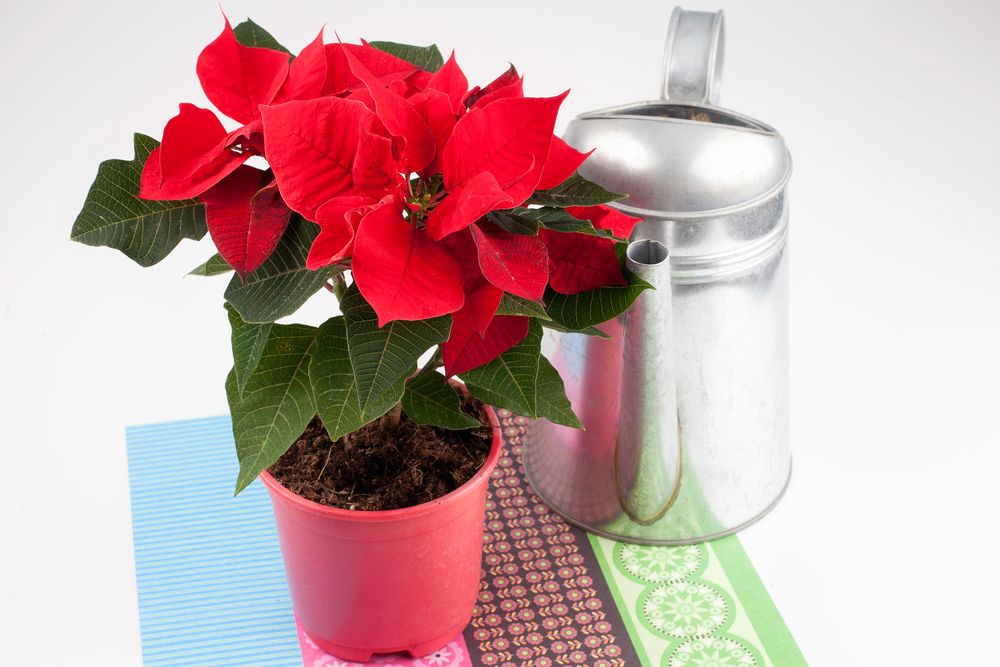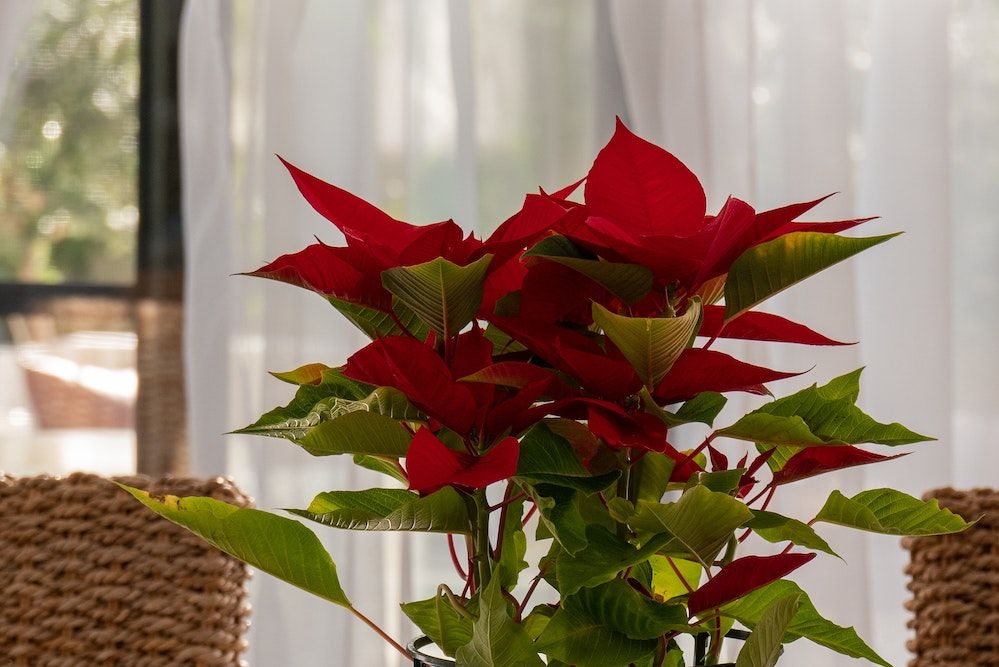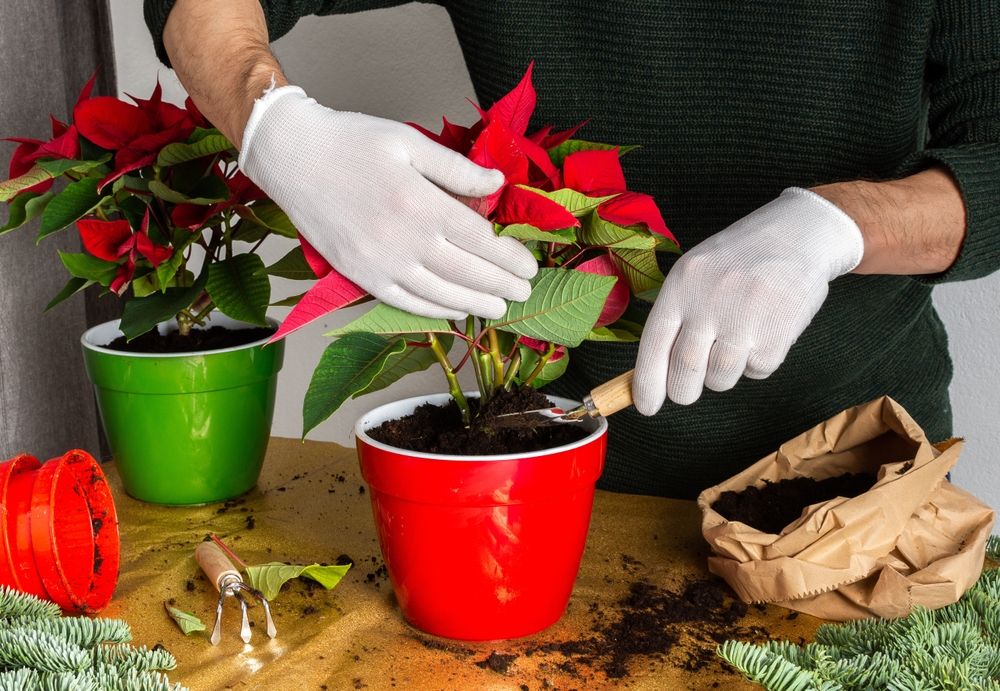Poinsettia (Euphorbia pulcherrima) is a stunning plant that typically makes an appearance around Christmas. The reason why this perennial shrub is beloved and apt during the Holiday season is because of its deep red color and blooming starting after the fall. But, poinsettias are one of the few flowering plants whose crowning glory are its leaves (bracts) and not on its tiny blooms. It’s one of the few plants whose leaves change color, although, there are some varieties whose leaves don’t turn red but rather pale pink and even slightly yellow. But, most poinsettias sold around the holidays should be turning red.
If you start seeing yellow on your red plant and on the leaves, there are a few possible reasons and remedies you need to know about. Here's why your plants leaves are yellowing!
Cold Damage
Image credits: bosela via Morguefile
Right from when you purchase your poinsettia, you should be thinking about the outdoor temperature. Cold damage can happen during the process of getting your plant from the garden center to your home. Even brief exposure to freezing temperatures is enough to harm your plant.
That's why you should cover your plant before transporting it and don’t leave it in your car while you run other errands. If you notice some of its vibrant leaves starting to yellow after you’ve brought it home, remove them and let the soil dry thoroughly before giving it a good watering.
Once in your home, drafts from windows and doors can also be a threat, so pick a good, temperature-stable spot for your poinsettia.
Temperature Range
Image credits: RevsReels via Pixabay
Even though it’s a tropical plant, poinsettia doesn’t thrive when temperatures are too hot. A good range of temperature is key to keeping your poinsettia the right color.
Daytime temperatures should hover around 70 to 75 degrees Fahrenheit. Night temperatures can drop to a range of 60 to 75 degrees Fahrenheit.
Habitual Hydration
Image credits: Orehova via Shutterstock
Poinsettias need good drainage and can be prone to root rot when left in excess water, which can cause yellow dying leaves. One culprit is the often decorative packaging the plant is sold in.
It’s a good idea to remove your plant from this foil or at least poke holes in it to allow the water to drain. Water a poinsettia when the soil feels dry to the touch, and get rid of excess drained water.
If the soil is left dry for too long, this can also be a reason for yellowing and dropping leaves. In dry climates, you may even need to water poinsettias every day, so check the soil daily. It’s also important to consider the size of the pot when watering, ensuring that the entirety of the soil has been soaked and drained.
The Right Light
Image credits: Fran via Pexels
Light is a key factor in a poinsettia blooming cycle. This plant needs brightness, but not direct sun, for four to six hours a day, dim light for another four to six hours, and darkness for a good 14 hours.
This light pattern will ensure the best, most vibrant color for its bracts. Too little or too much, and the leaves won't reach their brightest hue and can even yellow, and dye. Placing the plant in direct sunlight can also fade the color or burn the bracts, leaving yellow and brown patches.
Necessary Nutrients
Image credits: pundapanda via Shutterstock
As a houseplant, a poinsettia requires rich, well-drained soil. It loves potassium, calcium, and nitrogen, requiring a balanced pH. The recommended pH range for a poinsettia is 5.8 to 6.5. Anything above 6.5 can lead to iron deficiency, which causes new leaves to turn yellow. If you suspect your pH is high, you can lower it using an iron sulfate drench or an acidic fertilizer.
Yellowing or speckling of the lower leaves can mean the plant isn’t getting the proper range of nitrogen, which should be between 175 and 250 ppm. Nitrogen is important to overall plant growth as it helps in many plants' biochemical processes, like photosynthesis and respiration. You can get fertilizers and potting mixes high in nitrogen or add nitrogen to the soil through compost and manure.
To increase the calcium in the soil, try adding egg shells!
Pests and Diseases
Image credits: via Canva
Poinsettias can be prone to two common pests: whiteflies and spider mites. You’ll notice whiteflies fluttering when you water or move your plant. They feed on your poinsettia by sucking its sap, which can lead to yellow, stunted, or dropping leaves.
Spider mites, oval-shaped bugs in yellow-orange, red or green, will cause your plant’s leaves to appear dirty or speckled. So if you’re seeing yellow leaves, you’re probably dealing with whiteflies. Prevention is most important when it comes to whiteflies, so check your plant for pests before your purchase. If it's too late, try washing your plant with liquid dish soap and water.
Poinsettias can also become infected with powdery mildew. This white, powdery substance can cause yellow spots on top of the leaves. Using fungicides or baking soda can kill the colonies, but it won’t repair the damage already done.
Pro Tip: If you find your plant is infected, isolate it in an area of your home away from other houseplants. This could stop an infestation on your other green friends.
Long Live The Poinsettia
Though most people keep their poinsettias for only a season, they are perennial plants that can live year after year. Your poinsettia can bring color and joy for many holiday seasons with proper care and identifying the concerns above.
How do you care for your poinsettia? Share in the comments below!


